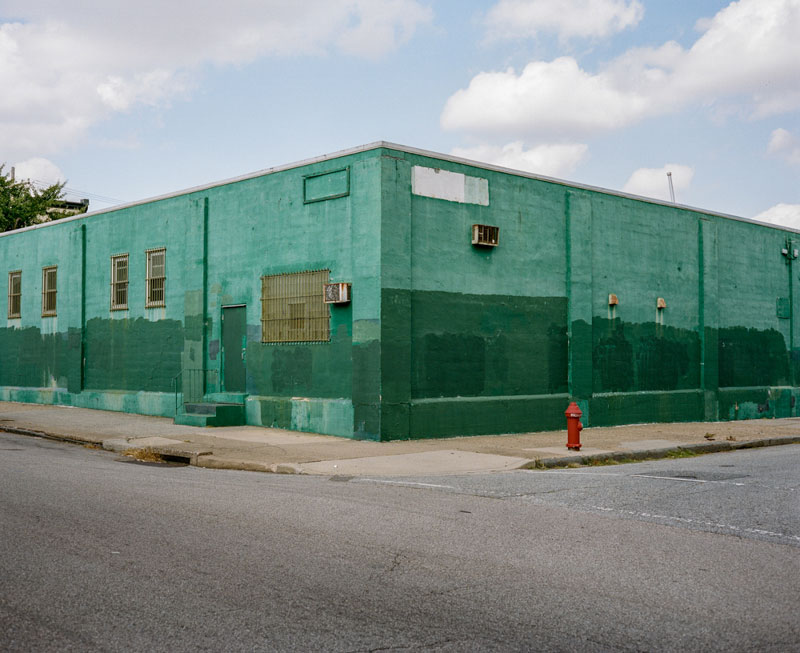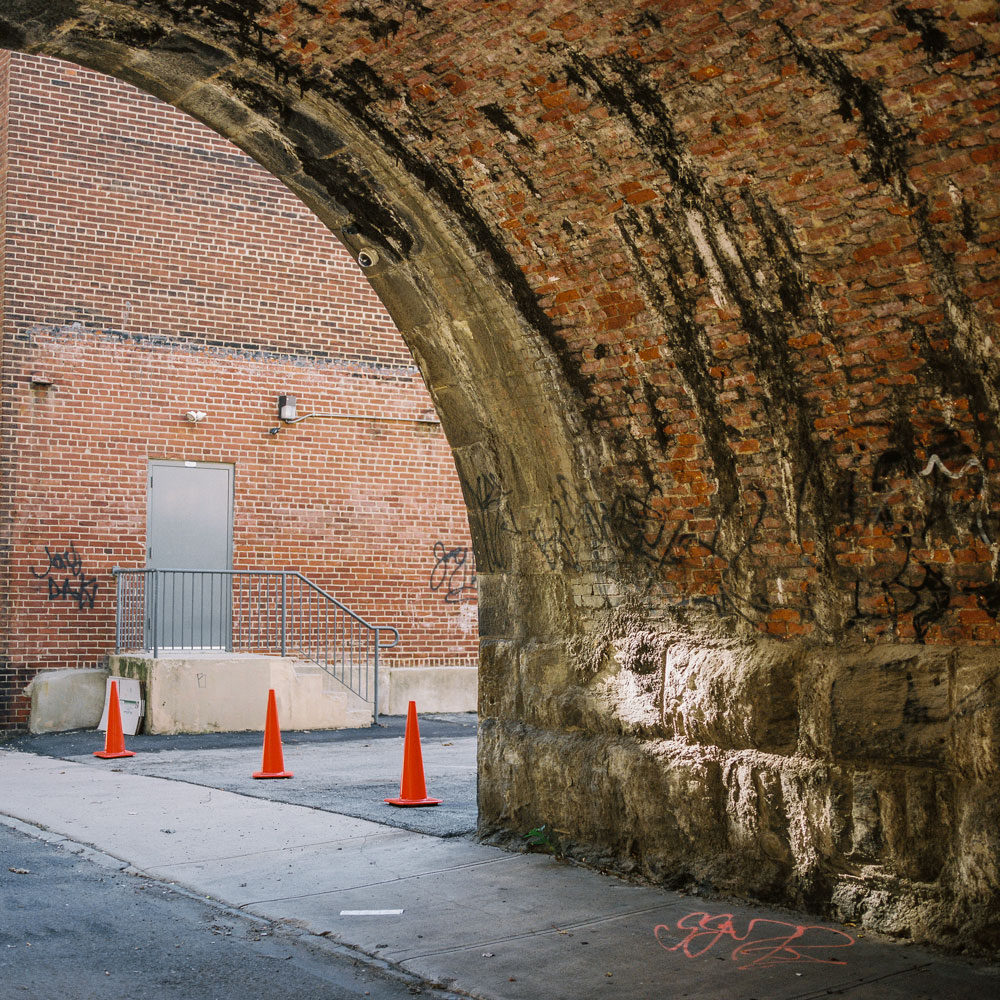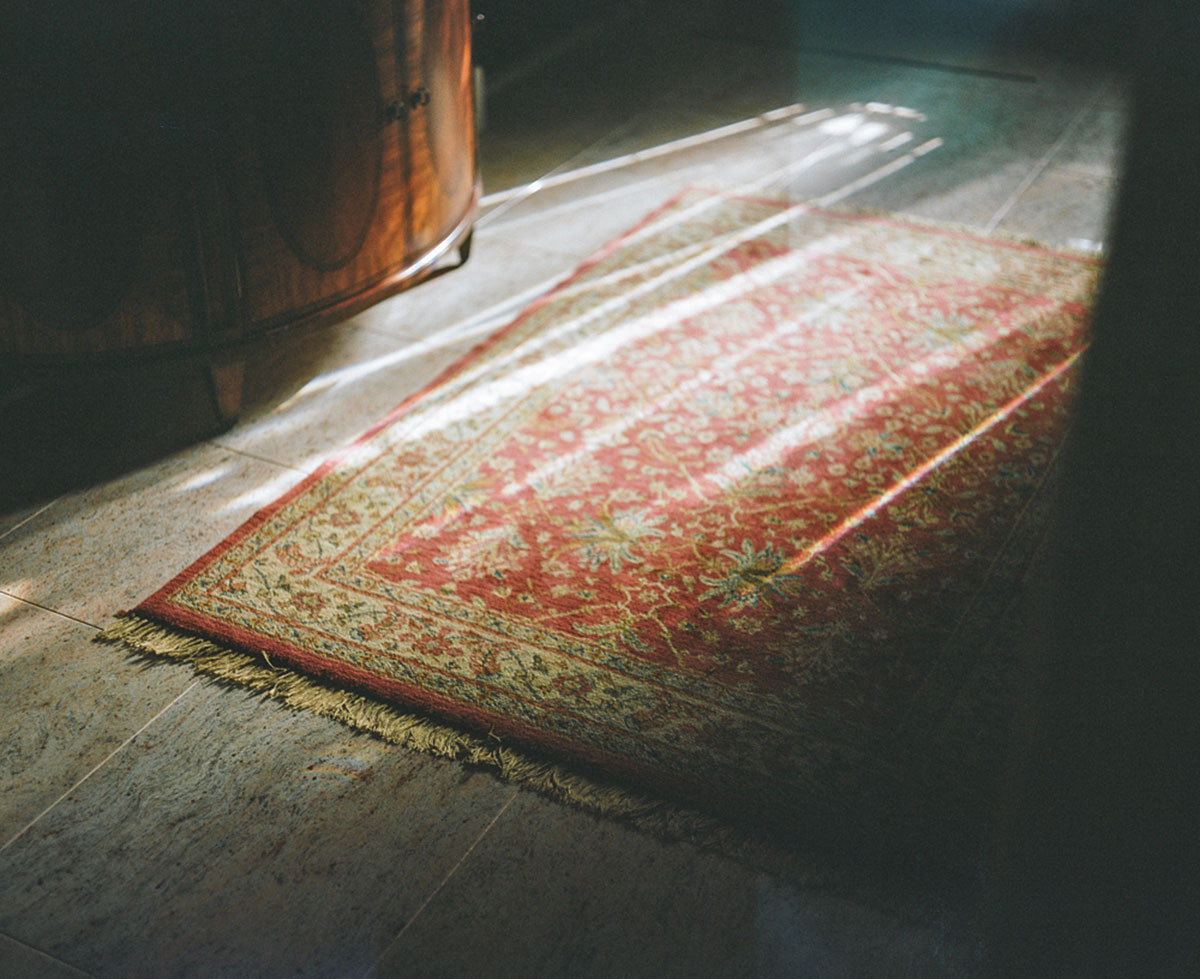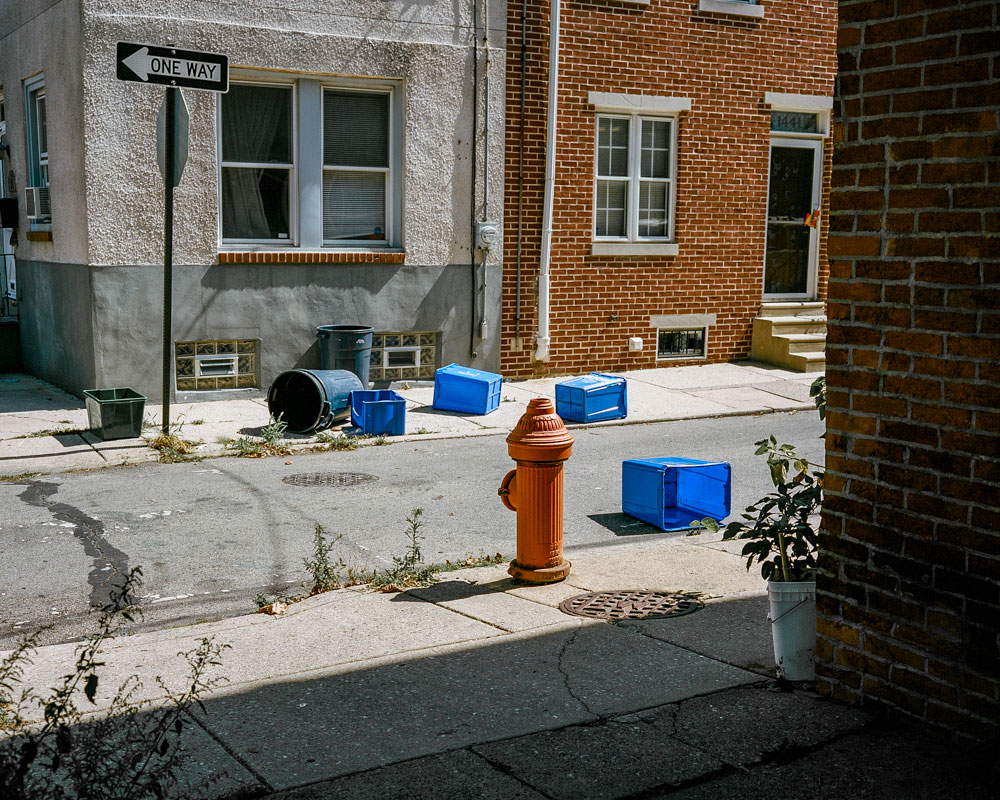Saleem Ahmed is a 27 year old photographer raised in Brookfield, Connecticut. He is now based in Philadelphia where he teaches photography and multimedia journalism. As an artist, he uses the medium as an attempt to articulate the ideas that live inside his thoughts and his notebooks. Saleem tries to create images that can tell a story and/or let someone’s mind wander.
What got you into photography and what did you capture in your first pictures?
My interest in photography is a direct result of family vacations. Whether we were traveling home or abroad, there always seemed to be a camera within an arm’s reach. One of my first cameras was a point and shoot that I used while in India with my brother. I think I spent more time replacing the batteries than actually photographing.
The Muslim community has a central place in your work. Do you think using another medium to portray it could have been as strong as photography?
Many aspects of my life are connected to and influenced by the Indian-Muslim community, so I see it as a natural flow into my imagery. There are obviously plenty of other mediums that can be used to portray the Muslim community, unfortunately my creative skills don’t extend that far outside of photography. Luckily, there are plenty of other Muslim artists outside of photography that inspire me.
We adore your poetic series ‘Rani Road’. The story was shot at Fateh Sagar lake in India, tell us about this region and what is your link to it?
Thank you for the kind words. Rani Road is located along the backside of Fateh Sagar, one of the main lakes of Udaipur, India. It is the city where my family is from. Not just my own parents, but almost all my aunts, uncles, cousins, and relatives have some tie to the city. It is known for it’s royalty, romance, and natural beauty.
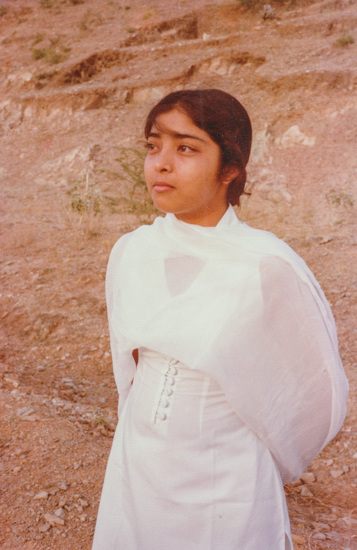
While Udaipur is a very popular tourist destination, I have always seen it in a different way. I am not quite a tourist, but I am not a local either. Fateh Sagar has an aura about it. It triggers so many memories of motorcycle rides around the lake, Chocobar ice cream trips, and staring out to the layered mountains and floating gardens. Its also the midway point on the way to my Nani’s (maternal grandmother’s) house.
What do the women in ‘Rani Road’ represent?
The princesses of Udaipur.
Tell us about the most significant photograph of this project
It’s very hard to pick the most significant photograph from this series, but I think I will go with this one: Amina. I don’t like to give away all the details about these images, so I will just tell you that she is the most beautiful person in the world.
What is your process to create the stories you tell through photography?
Most of my projects originate from my writing. I keep a notebook with me more often than a camera. My notebook is full of random thoughts, grocery lists, incoherent sketches, and inner feelings. Too bad nobody is allowed to read it.
Do you have a movie that inspires you, a photographer or artist that have influenced your work?
One movie that I keep going back to is Beasts of the Southern Wild. I am drawn to its fantastical storytelling. As for photographers, I find myself opening J Carrier’s book Elementary Calculus more than others.
As a photography teacher, what is the best piece of advice you can tell a student to help him/her progress?
I’ll say two things: “What’s the point of what you are creating?” and “If someone inspires you, contact them. Start a conversation.”
In 2010, you started the project Vista Oculta in Bolivia, which initially was a workshop. We imagine it like the ‘Born Into Brothels’ documentary, how has the project evolved since?
I actually learned about ‘Born Into Brothels’ after that first trip to La Paz in 2010. I emailed Zana Briski and explained what I attempted to accomplish and she wrote back with some insight and advice.
“Most of my projects originate from my writing. I keep a notebook with me more often than a camera.”
The workshops evolved into various methods of teaching photography, exhibiting work in public spaces, and creating revenue streams for the artists. In total, I have been to Bolivia five times. Even though the projects have concluded, I do hope to return one day. Bolivia is home to some of the best people in my life and it will always have a special place in my heart.
Who are these artists, do you maintain a long-term relationship with them?
The artists were children, traffic patrolling cebras, and lustrabotas (shoeshiners) that worked on the streets of La Paz. The artists usually changed each year, so keeping in touch has always been difficult. I do, however, remain in touch with many of the volunteers that helped me develop Vista Oculta. They are my Bolivian family.
What are your current and futures projects?
I would like to publish a book for Rani Road. I love the idea of handmade books, like I did for Tasveer, but I need to figure out a more realistic production process. Aside from that, I don’t have any other planned projects. I would like to work more with my 4×5… or maybe something involving night photography.
And last but not least, what is your favorite photo website(s)?
I often find myself clicking the “GET LOST” button at the top-left corner of Aint-Bad. Oh, and a shout-out to Pool Resources!
Explore his work on his website.
